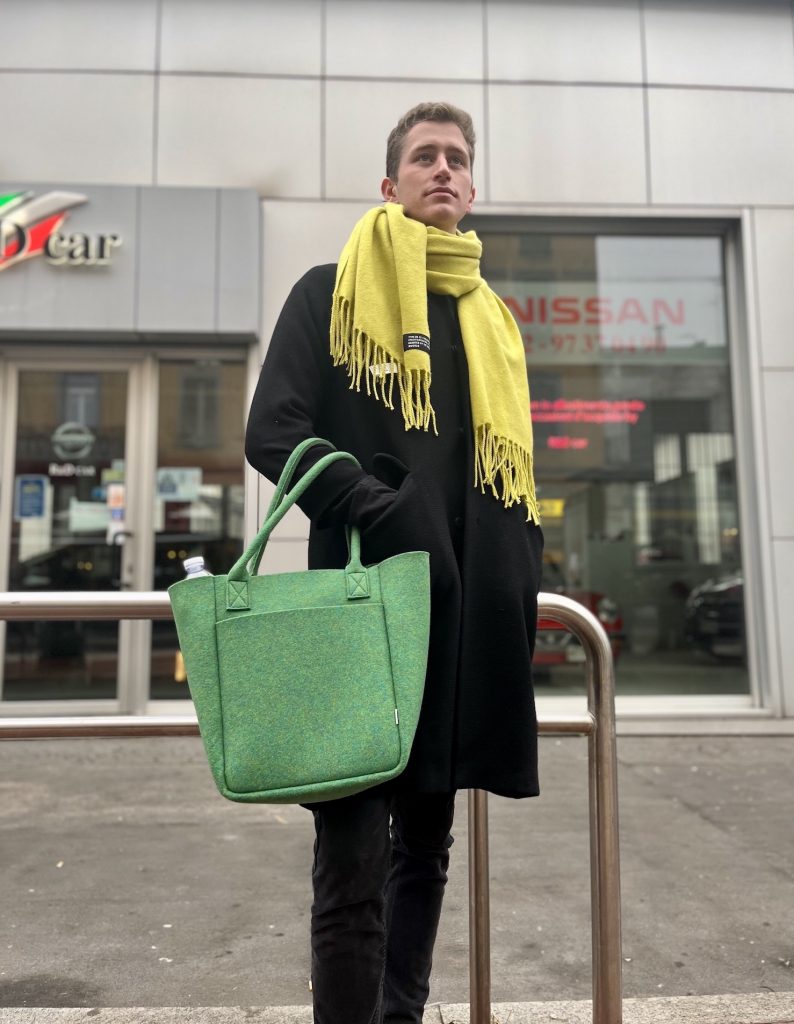Gendered labels
A viewpoint on fashion and gender among young people
This piece is written by an American student and intern working for suite123, Jackson Garske.
What makes someone more likely to ignore gendered labels on clothing?
As an American man living in Italy, I have been told by more shop owners than ever to stop looking in the women’s section for clothing. It has never been mean-spirited. But every person has been very insistent—the men’s section is there, this is the women’s section. I do wear more male presenting clothing and have masculine physical attributes. But I still like to look at every article because I can see myself wearing anything.

The survey
After surveying a good number of people my age (early 20s), all of which fashion-forward in their own ways, I was surprised to find the large discrepancies in how they would gender their wardrobe.
Individuals either said only 10-20% of their wardrobe could be worn by any gender. Or they said that 70% or more could be – no one in between these extremes. The two separate groups have nothing strikingly in common, given nationality, gender, sexuality, race, fashion style, or social progressivism. It did not even come down to what kind of brands or styles they shop. When asked what stores or designers make genderless clothing, both groups included a wide array of answers like Rick Owens, UNIQLO, and H&M.
So, the overall question remains. But by asking them how much of their closet could be worn by any gender, I could see if they believed anything is gender-neutral. Despite what items they might actually own.
For now, it still boils down to one’s personal taste and view in clothing. Something hard to qualify or analyze.

For me, I would say 100% of my clothes are gender-neutral. Not due to how I dress but due to how I perceive clothing in general. Fashion is about the freedom of self-expression, despite whatever confines placed upon it.
I hope that whatever the reason is that we stay on one side of the department store aisle or the other can be addressed and removed. For the freedom of fashion to prevail.